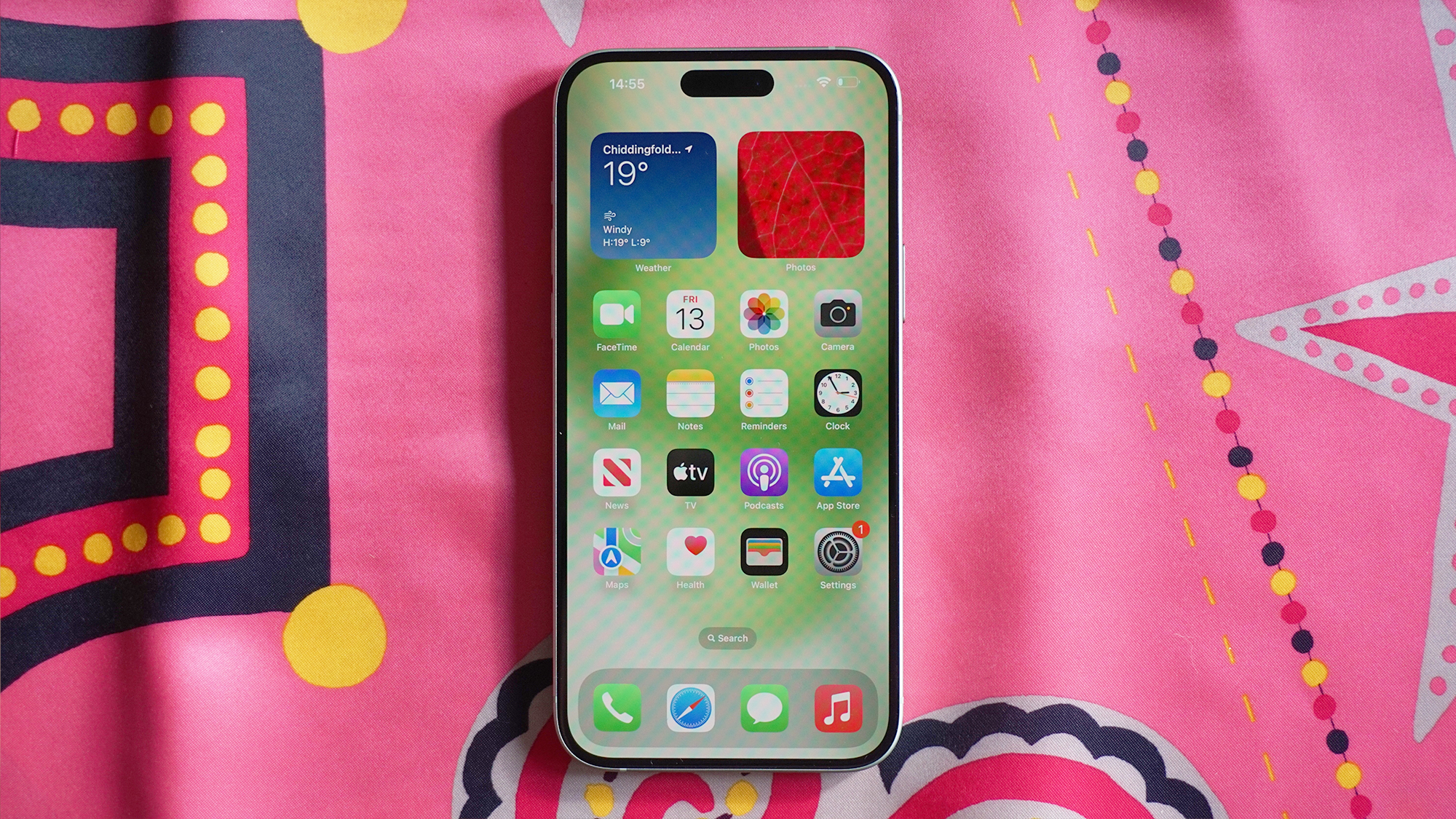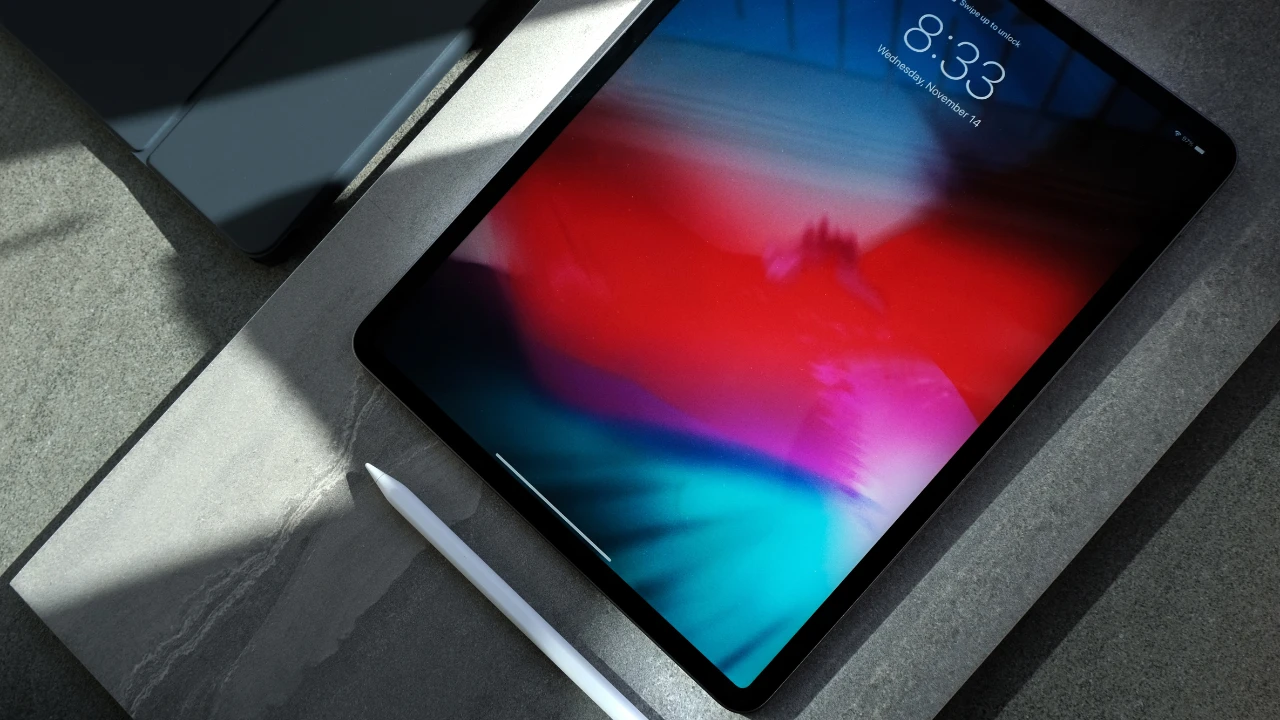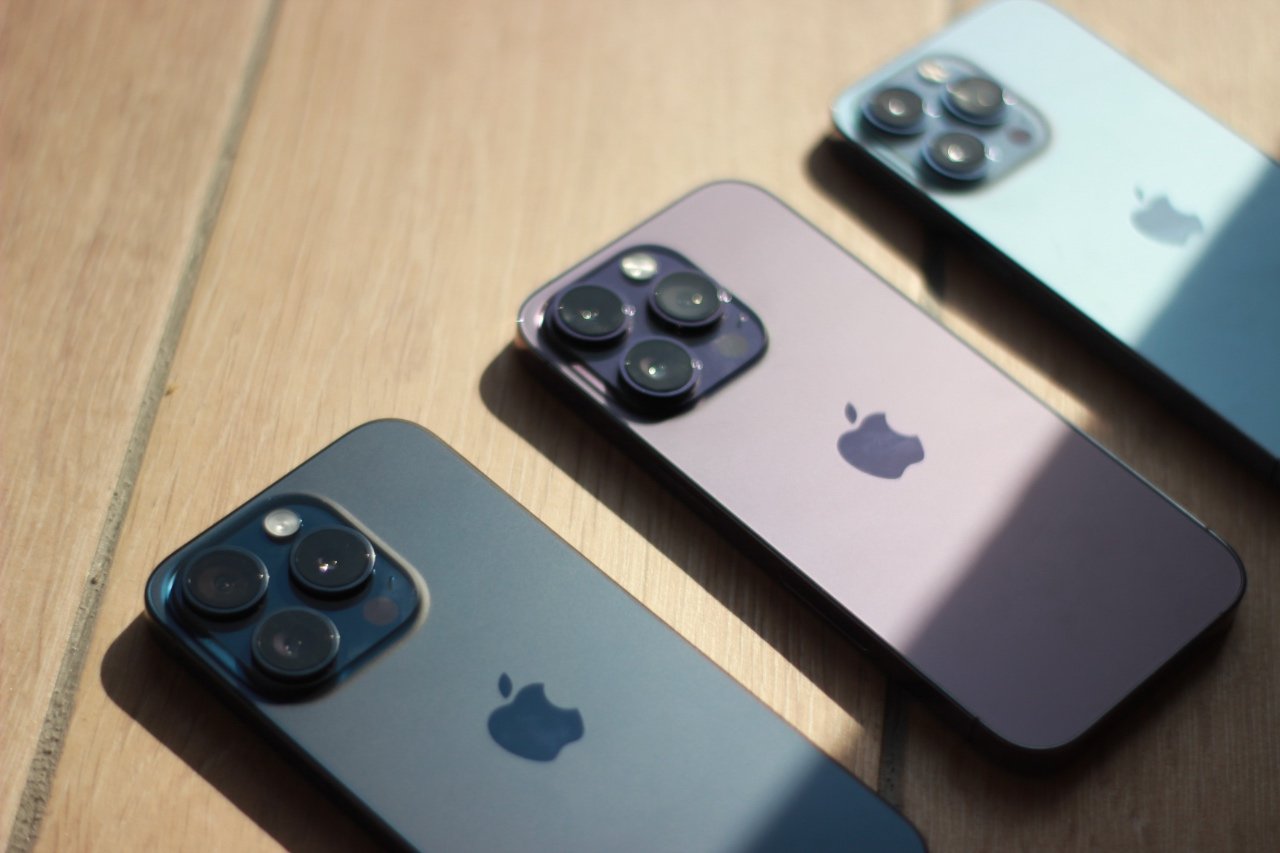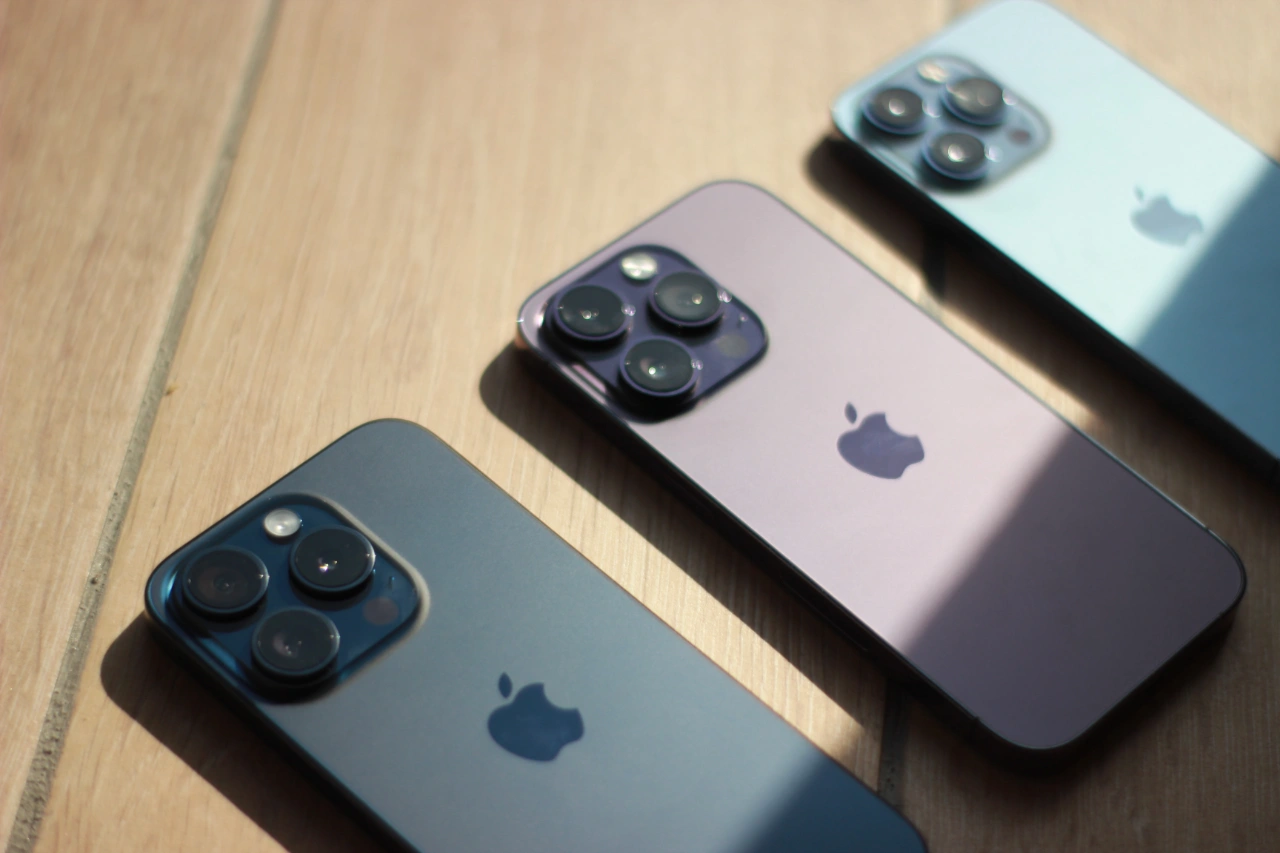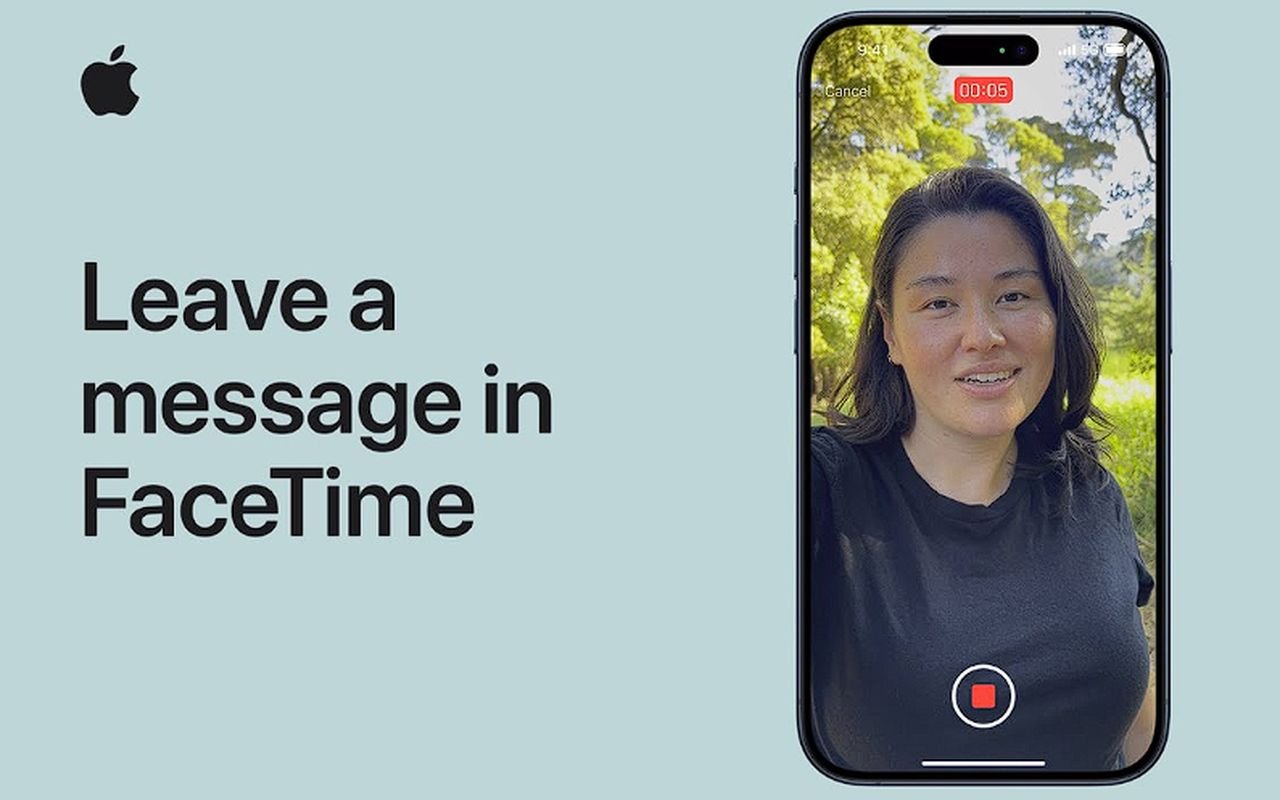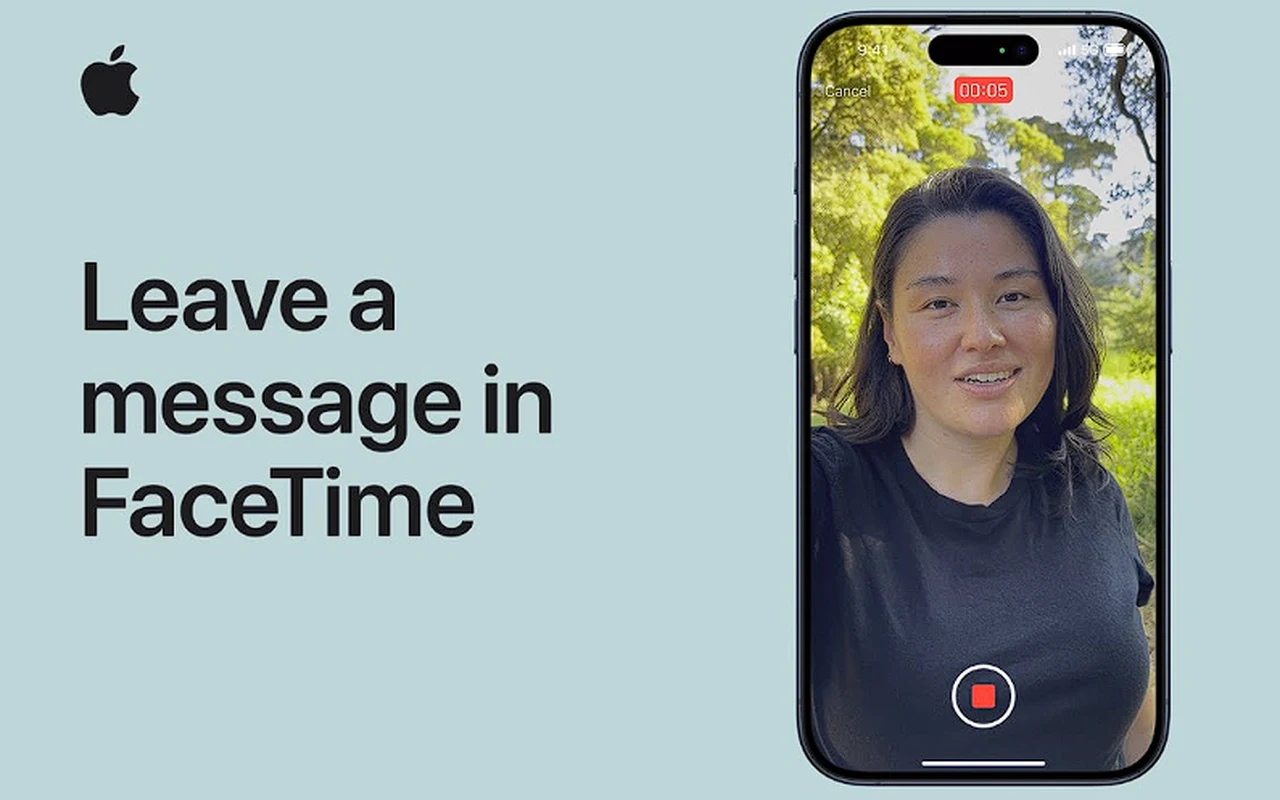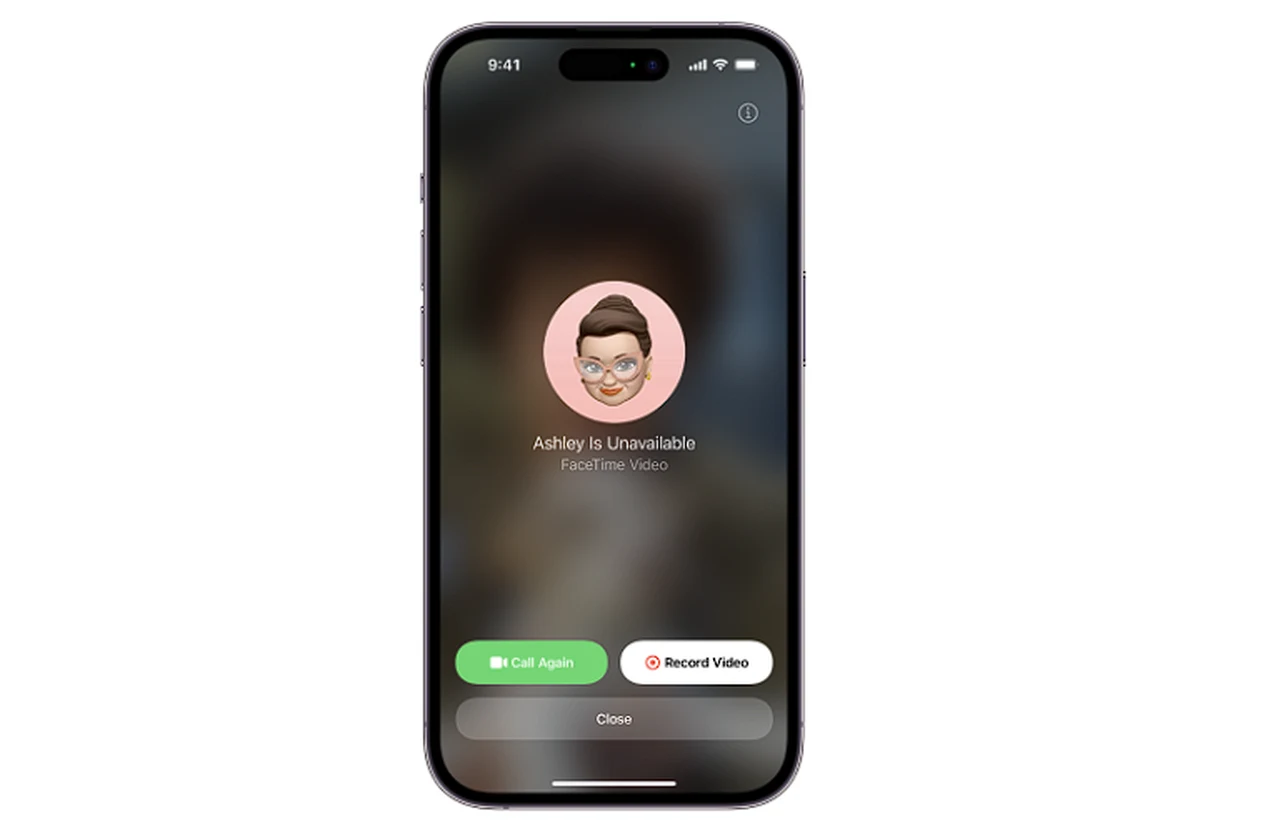[ad_1]
 7 de noviembre de 1997: Apple ha lanzado el Newton messagePad 2100, la última y mejor versión de la primera línea de dispositivos móviles de la compañía.
7 de noviembre de 1997: Apple ha lanzado el Newton messagePad 2100, la última y mejor versión de la primera línea de dispositivos móviles de la compañía.
Entre las mejoras con respecto a las generaciones anteriores, el messagePad 2100 presenta memoria ampliada, velocidad mejorada y software de comunicaciones mejorado. Sin embargo, el destino de Newton estaba echado. director ejecutivo de manzana Steve Jobsrecién regresado a la empresa, abandonará la línea de producción en unos meses.
MessagePad 2100 y la triste muerte de Newton
Como escribí al celebrar el año 1993. Inicie la aplicación MessagePad nativaCreo que la línea de productos Newton sigue siendo la más subestimada en la historia de Apple. El primer intento de la empresa de crear un verdadero dispositivo móvil independiente (a diferencia, por ejemplo, de Macintosh portátil o libro de poderMessagePad, que era una Mac reducida, ofrecía a los usuarios un asistente digital personal (PDA) con un bolígrafo y reconocimiento avanzado de escritura a mano.
Desafortunadamente, sufrió el mal boca a boca desde el principio. El dispositivo llegó en un momento en que Apple se encontraba sumida en una recesión financiera. Además, el tablero de mensajes carecía de las aplicaciones necesarias para convertirlo en una herramienta “imprescindible”. Lo más importante es que esta computadora portátil llegó muy temprano. El messagePad se habría beneficiado enormemente de una conexión a Internet.
Mensaje especificaciones del iPad 2100
Sin embargo, el messagePad 2100 se destaca como el mejor messagePad jamás lanzado. A. se jactó Procesador StrongArm 110, 162MHz8MB Máscara incorporada y 8 MB de RAM (4 MB ROM y 4 MB ROM).
Aunque primitiva para los estándares actuales, la pantalla LCD retroiluminada en escala de grises de 16 niveles, que ofrecía una resolución de 480 x 320 con 100 ppp, era bastante buena para su época.
El uso de la IA por parte de Newton también había mejorado dramáticamente cuando salió el messagePad 2100. Hizo cosas como mostrar conciencia contextual de lo que una persona estaba escribiendo. La muy criticada función de reconocimiento de escritura a mano también funcionó mejor que nunca en este momento.
El único producto de Newton.
Como nota final de trivia, el MessengerPad 2100 es el único dispositivo que Newton ha lanzado Compañía Newtonuna filial de Apple. (Jobs también lo abandonó rápidamente después de su regreso).
¿Tiene un Newton MessagePad 2100? Deja tus comentarios a continuación.
[ad_2]
Source Article Link






